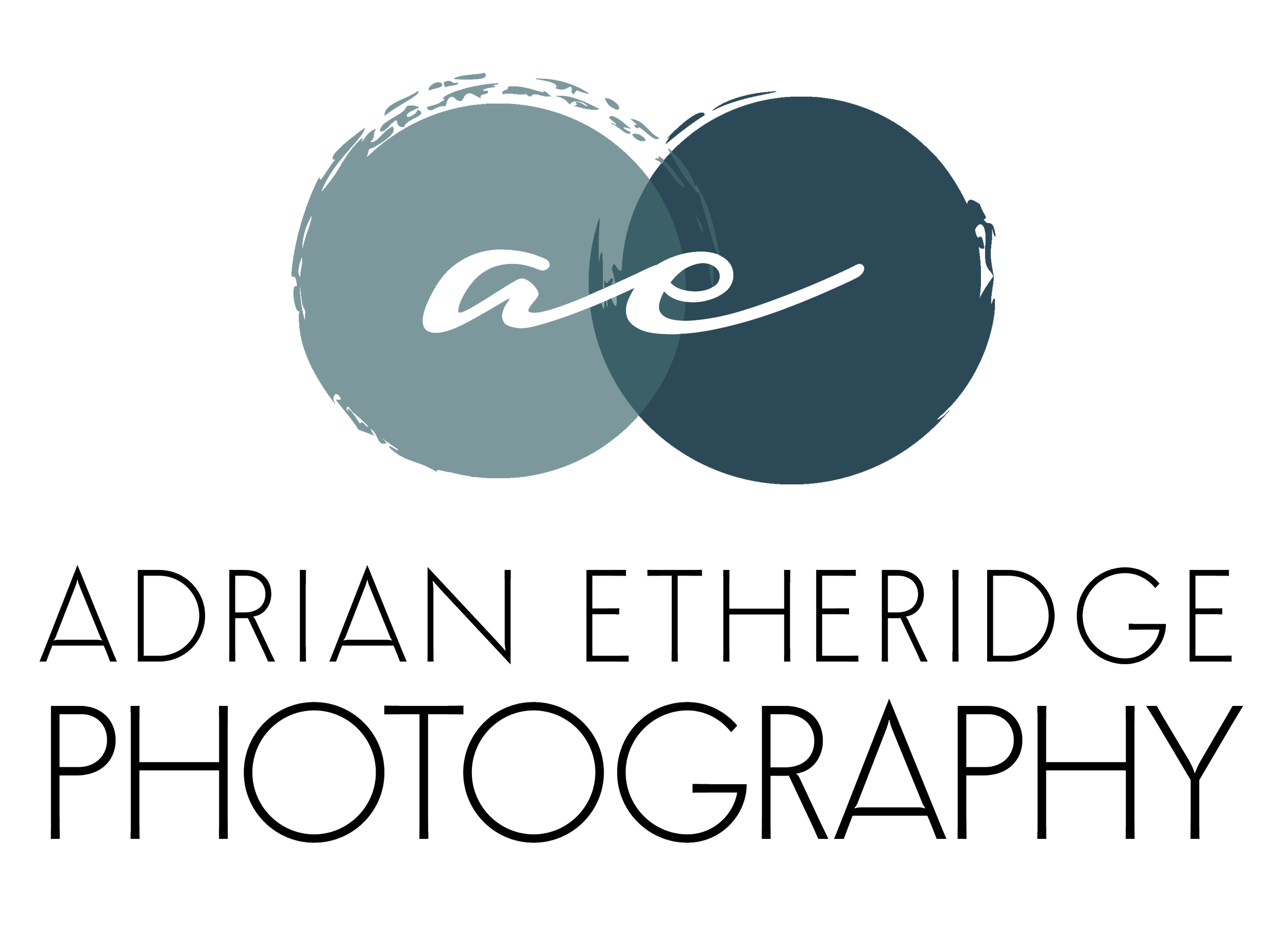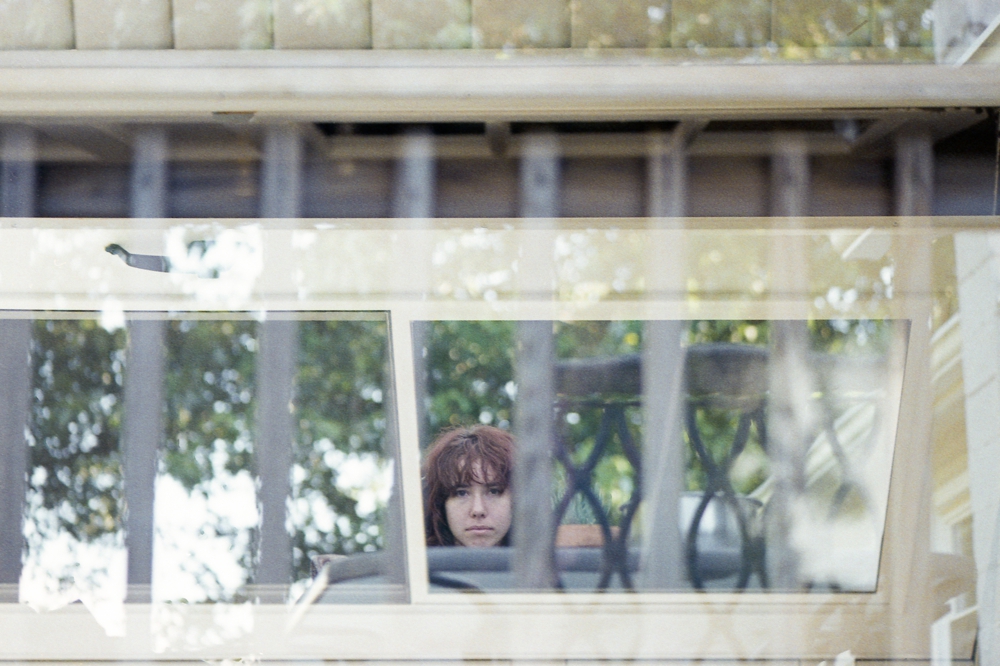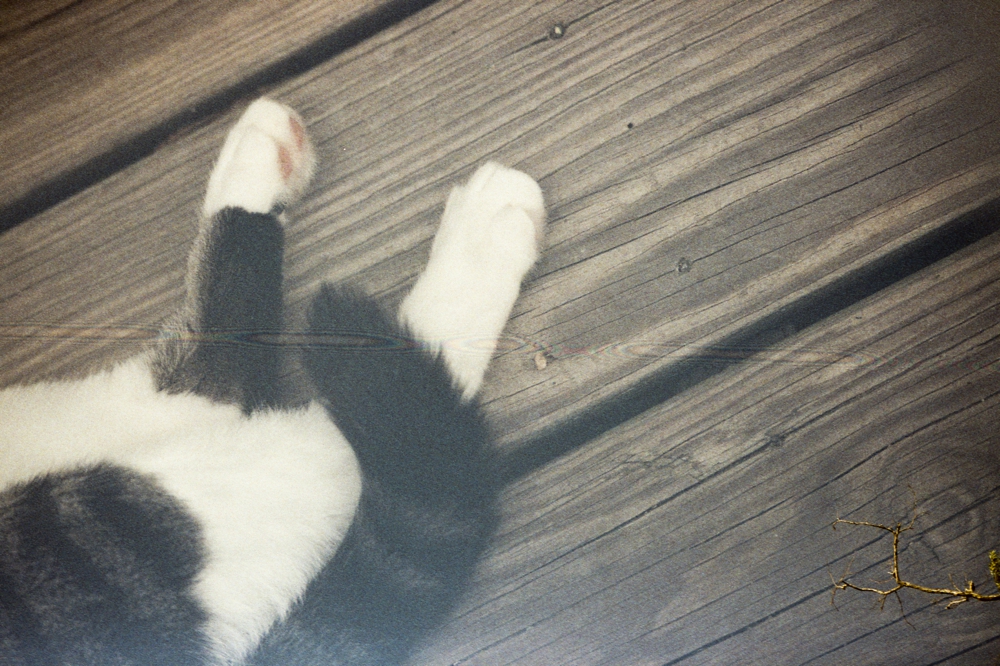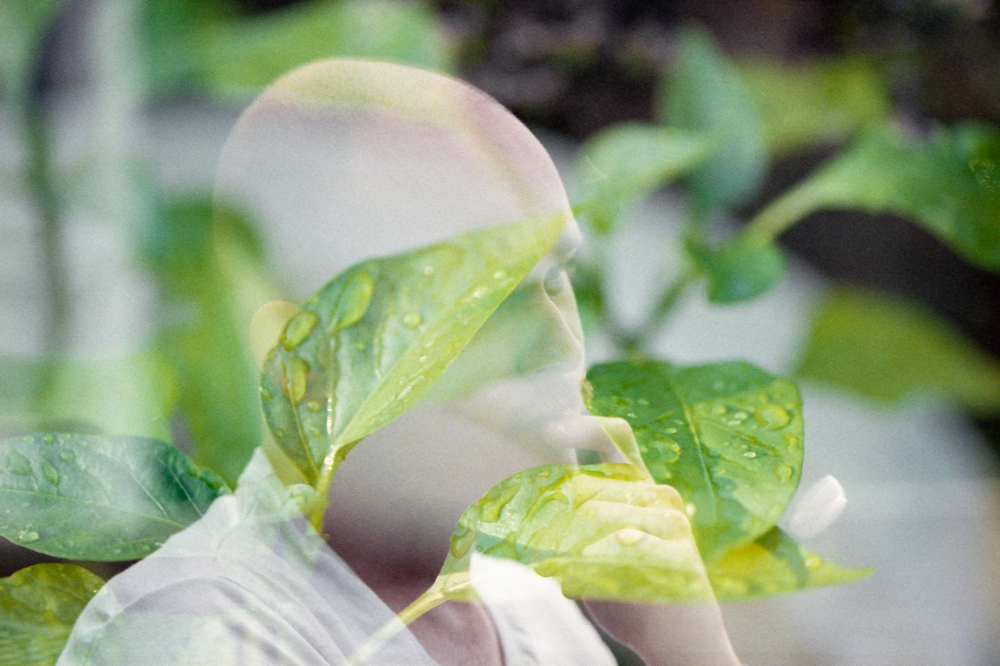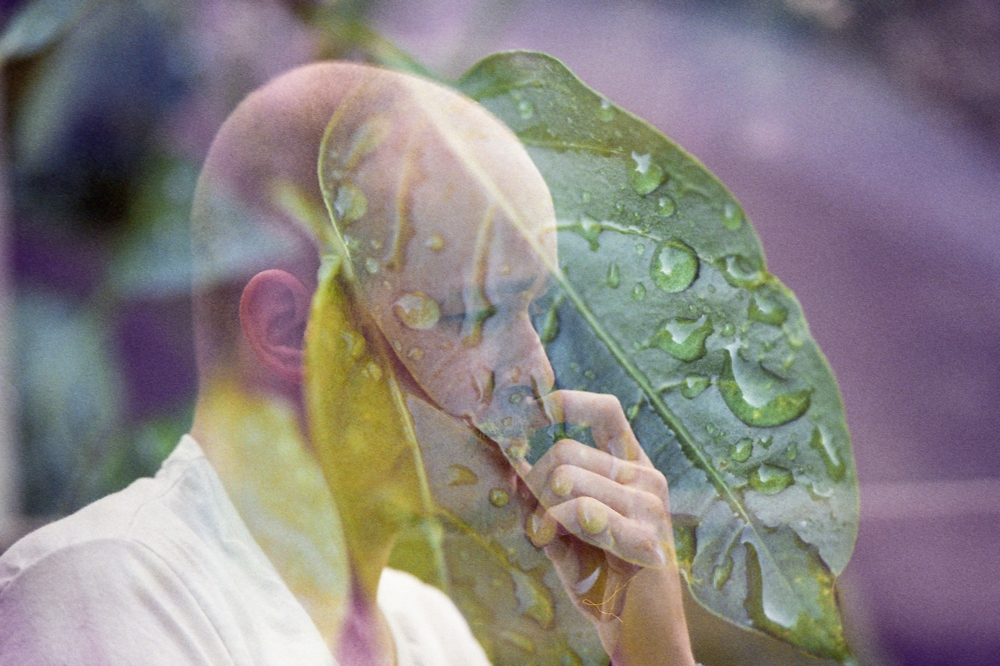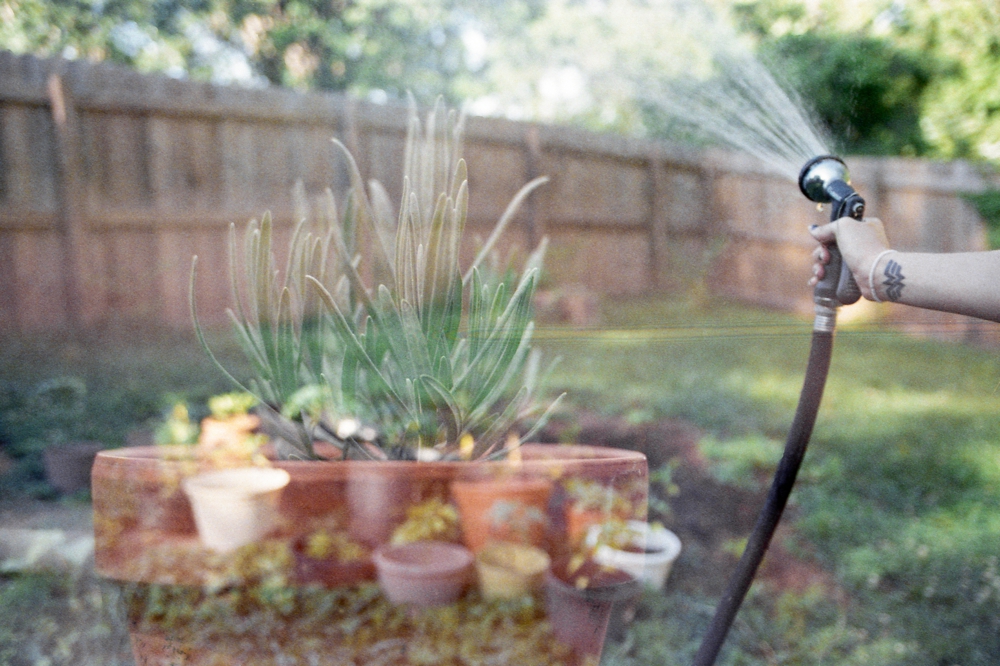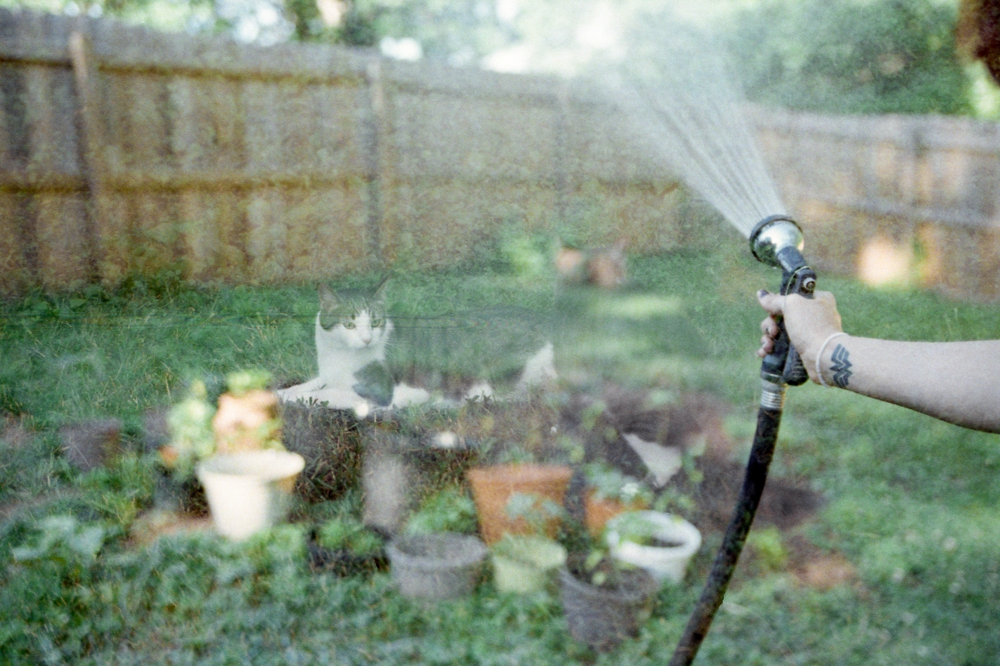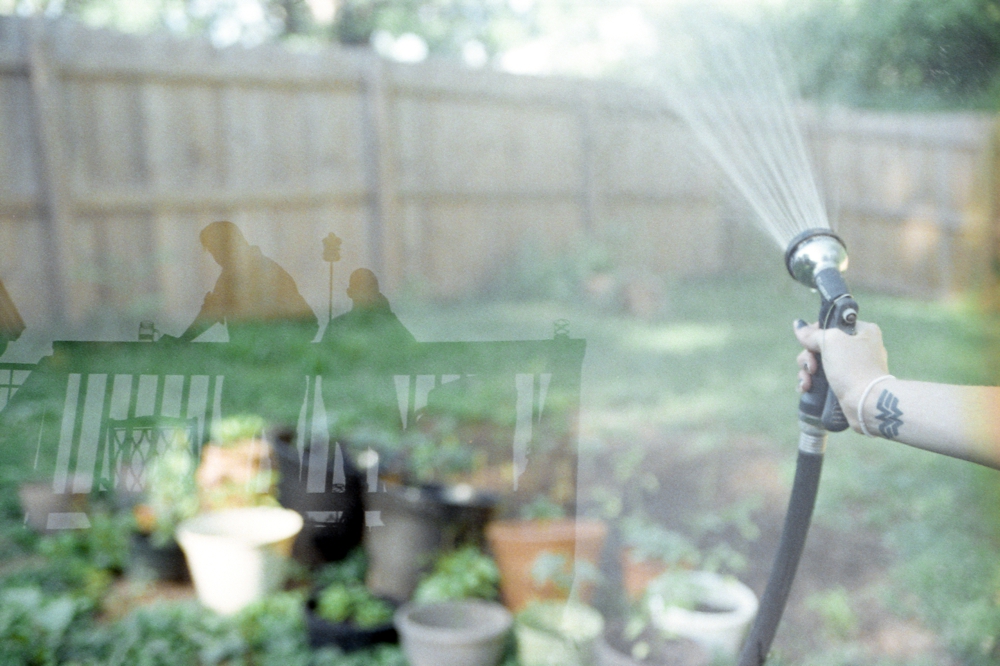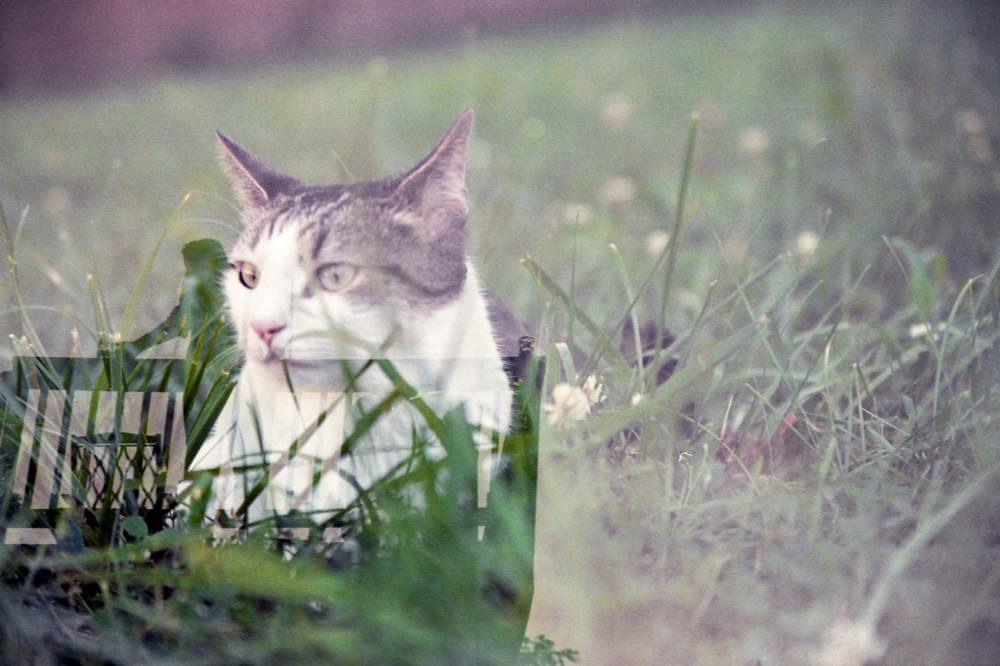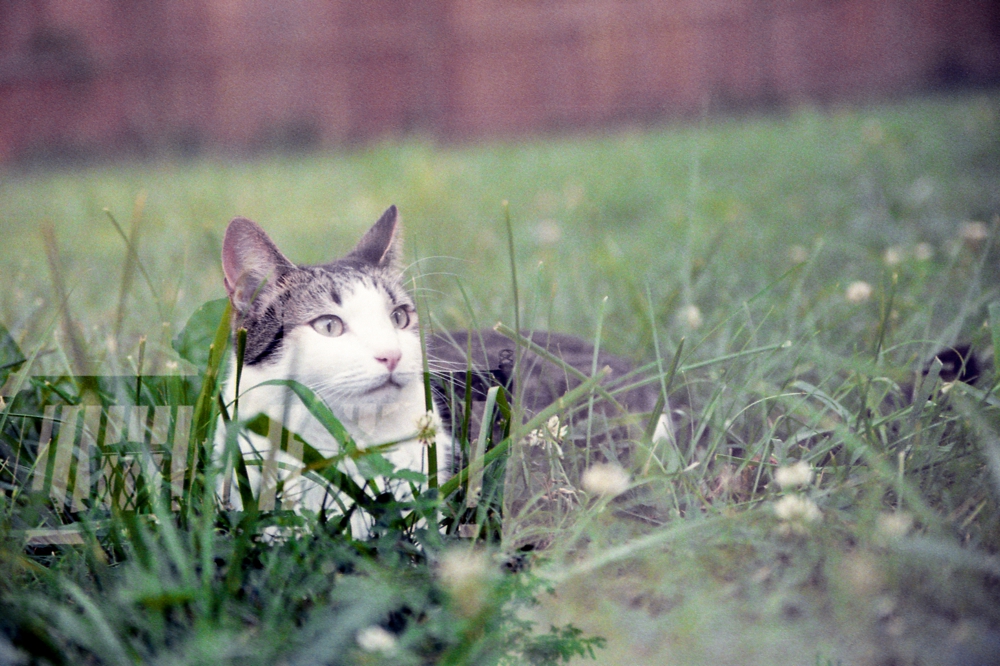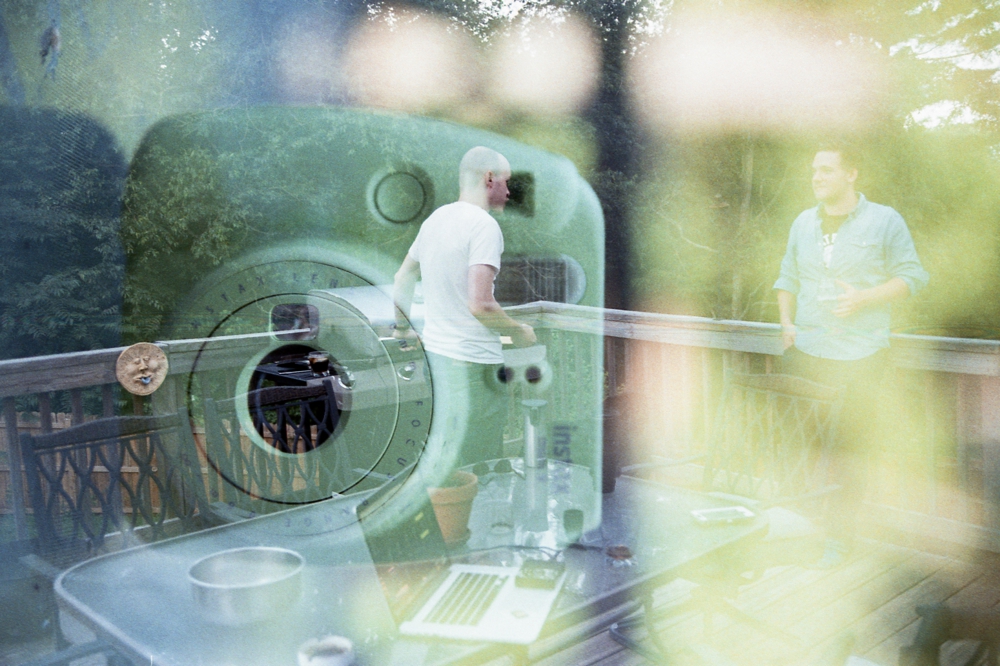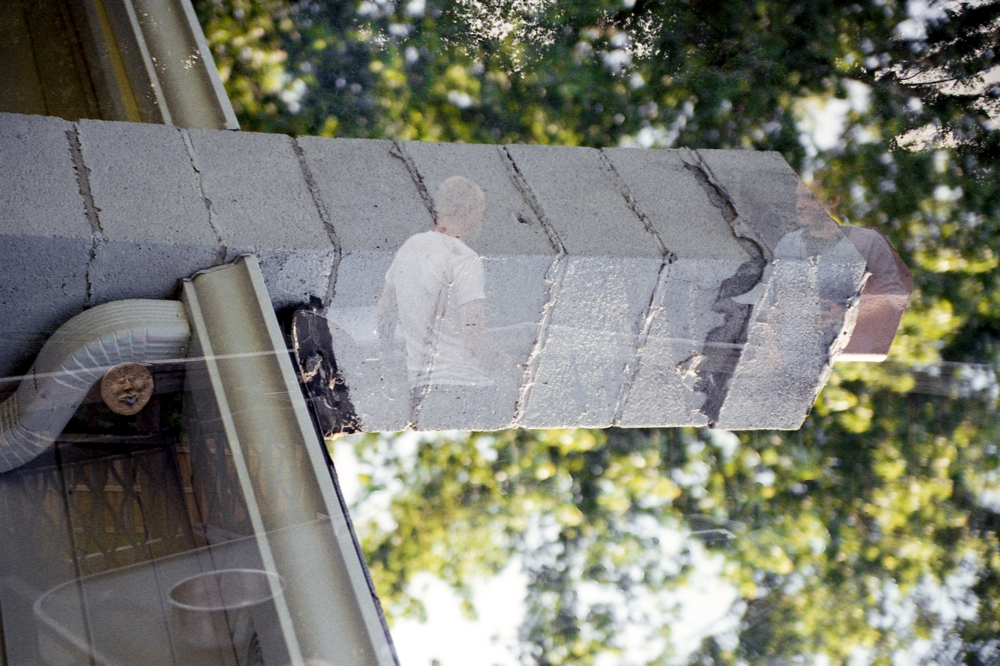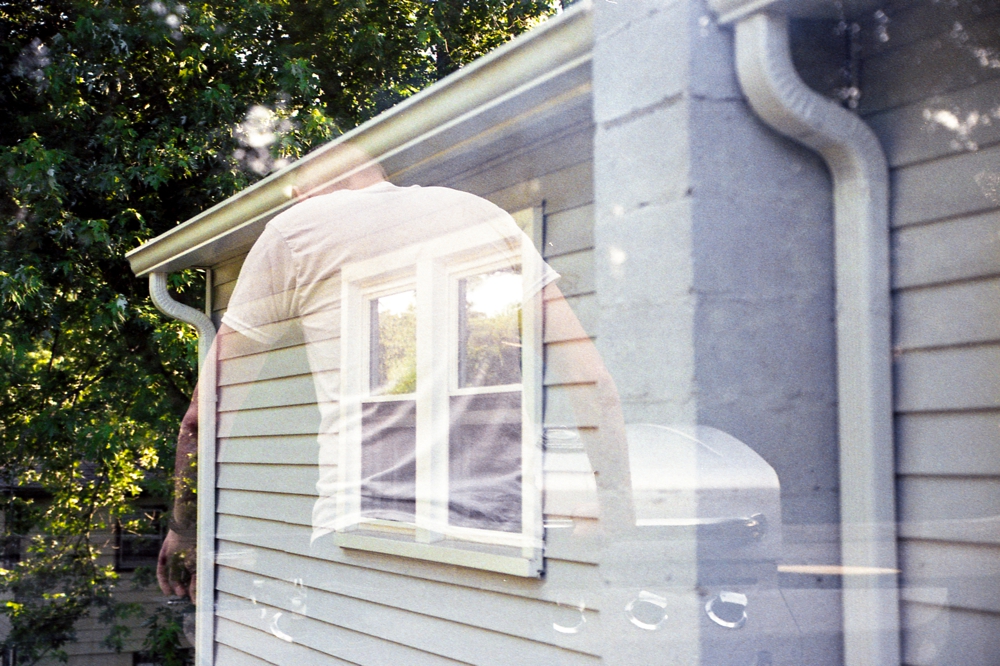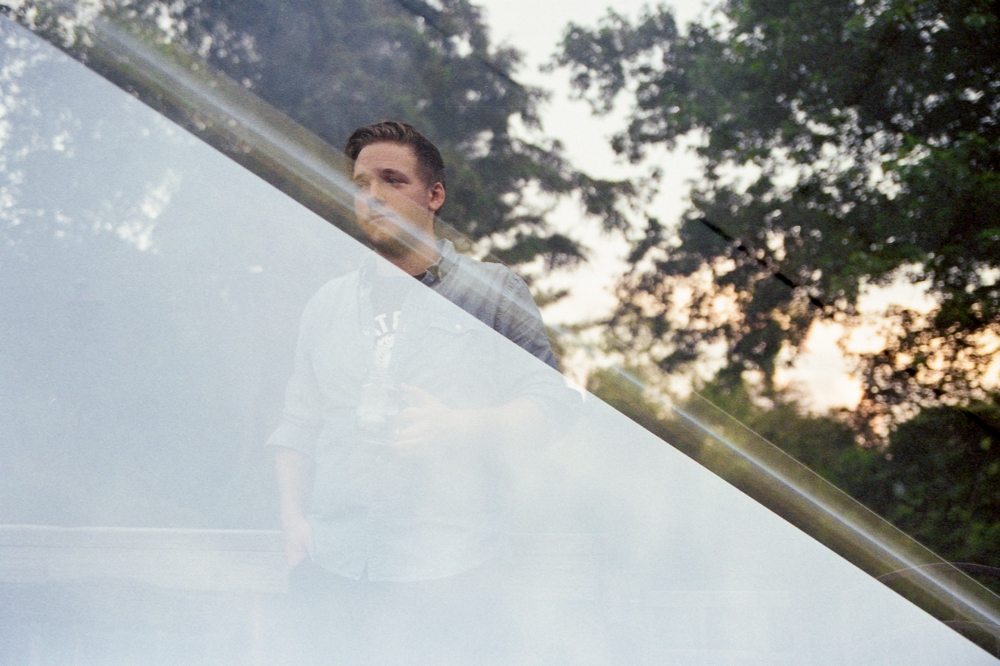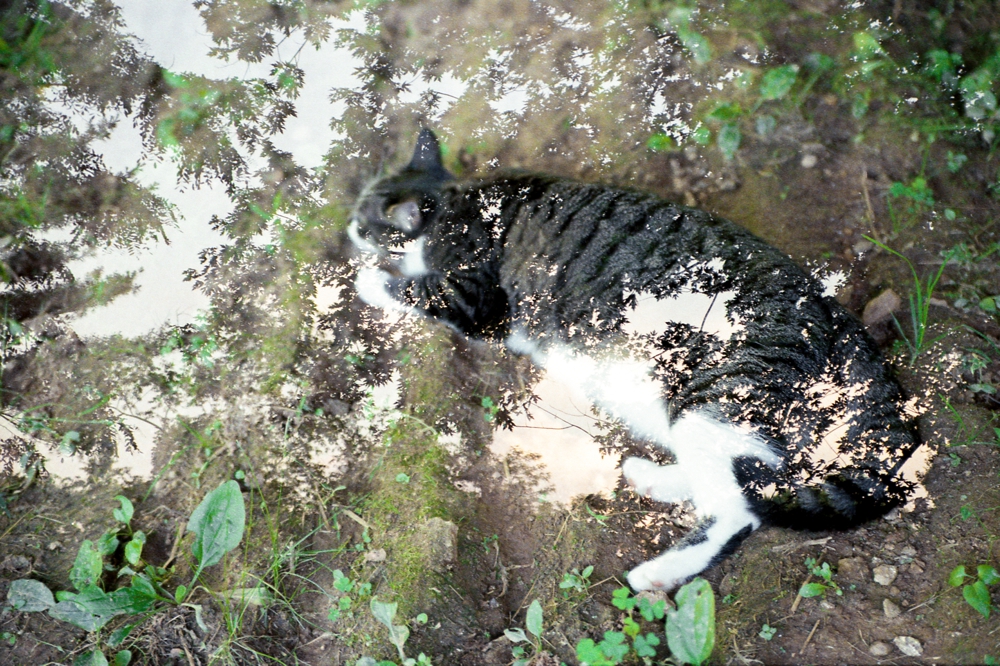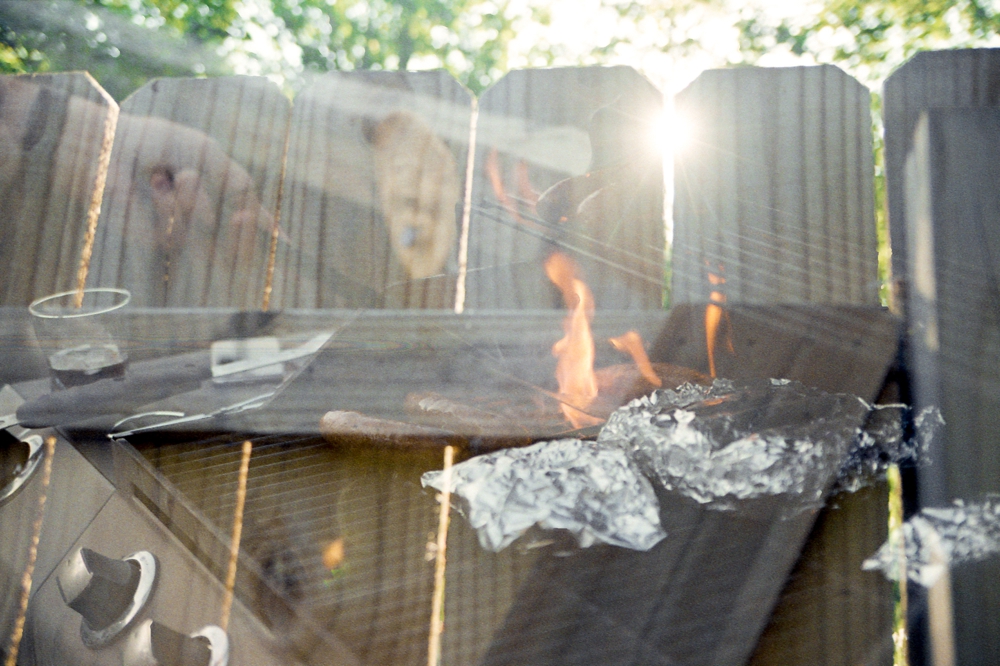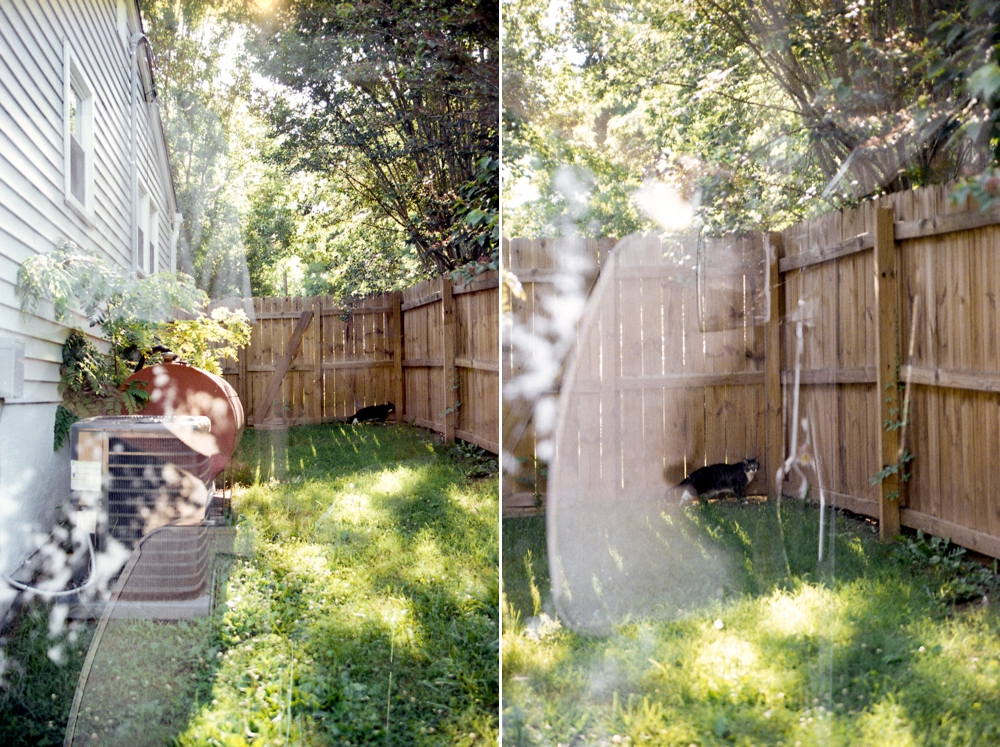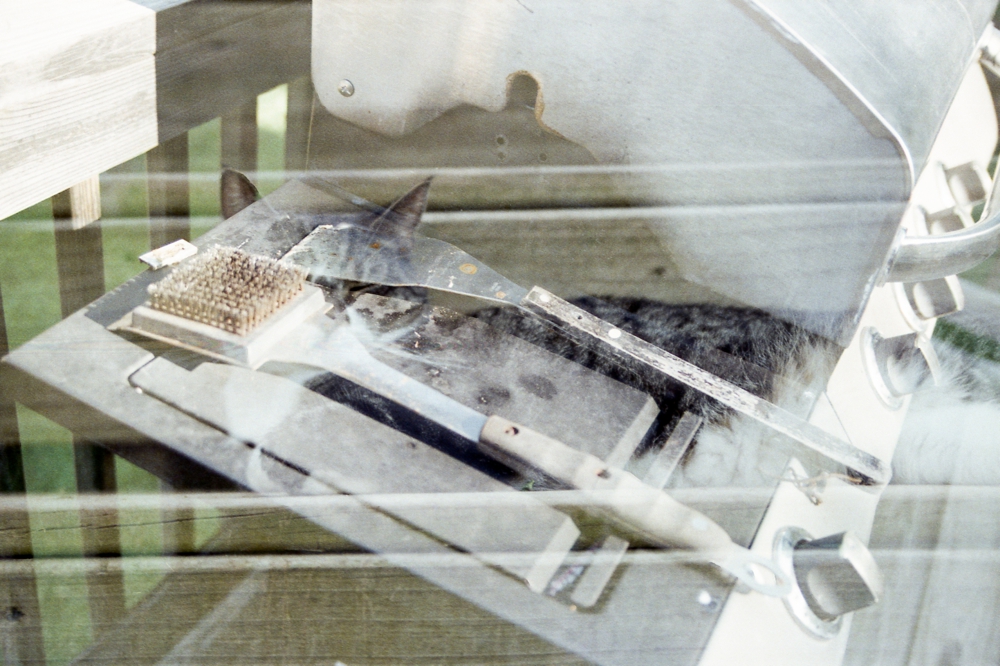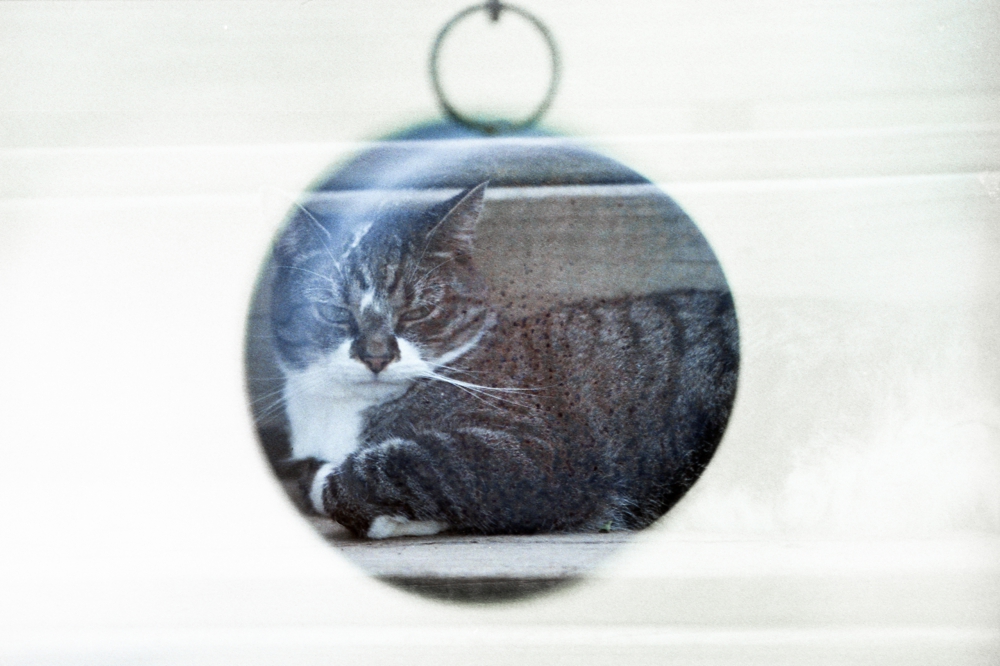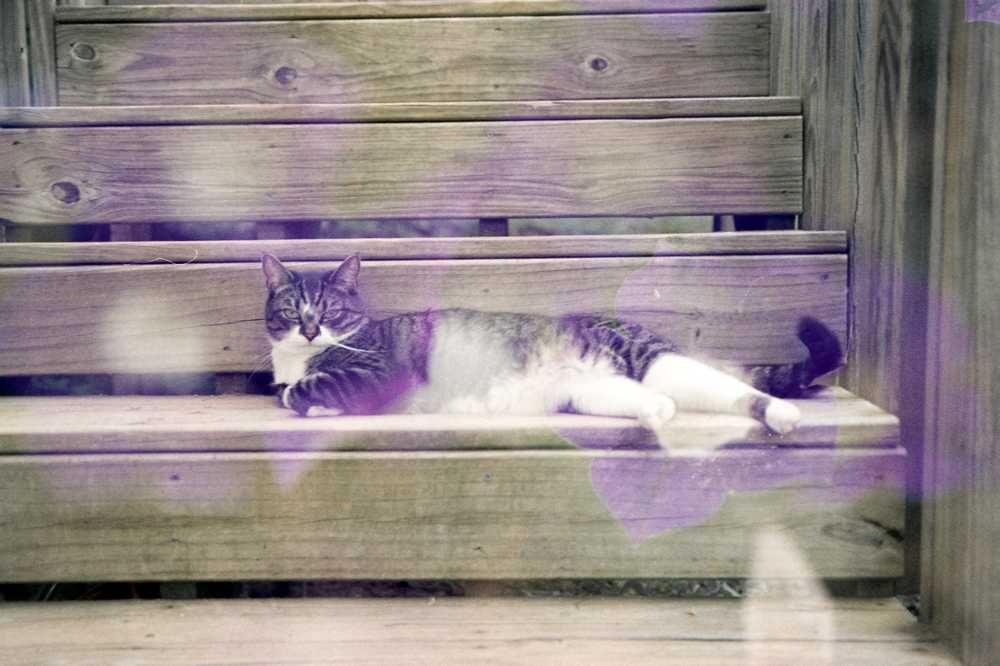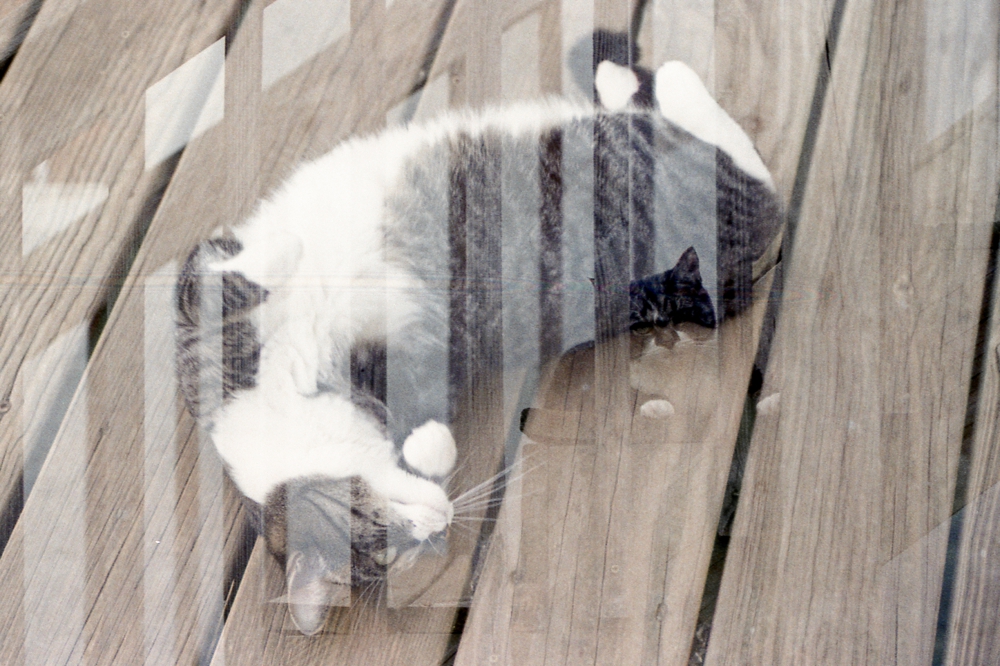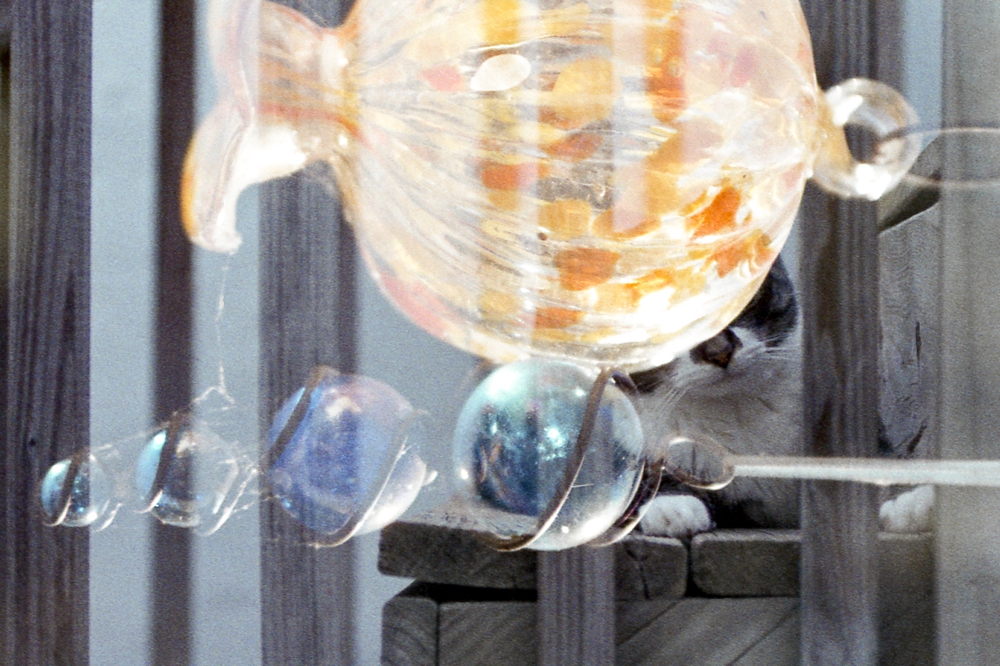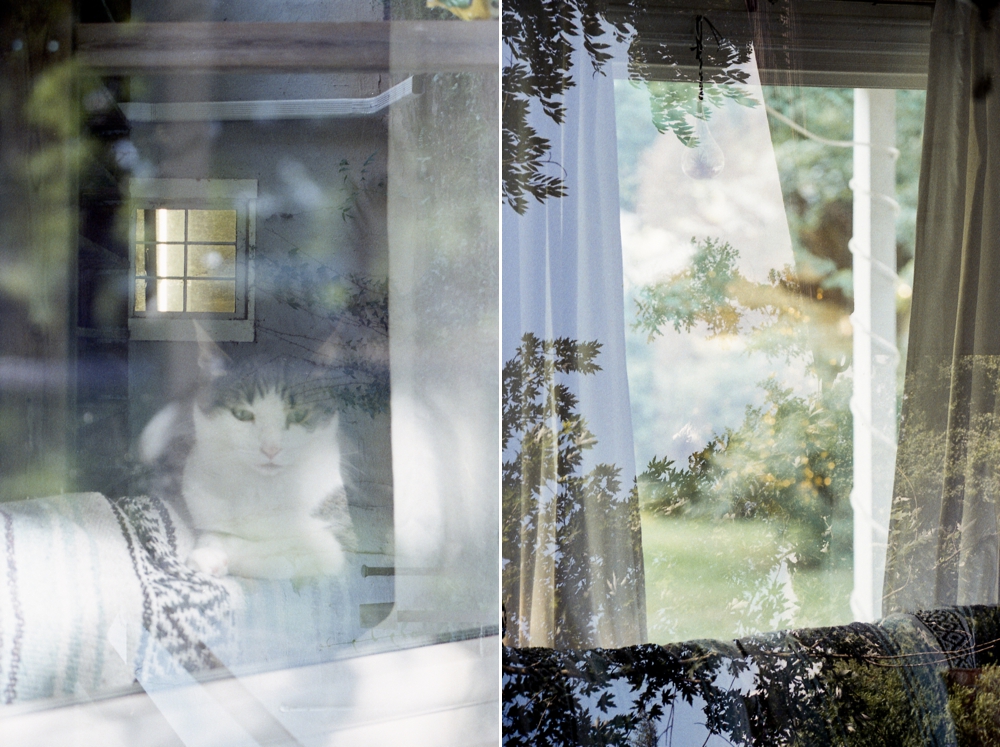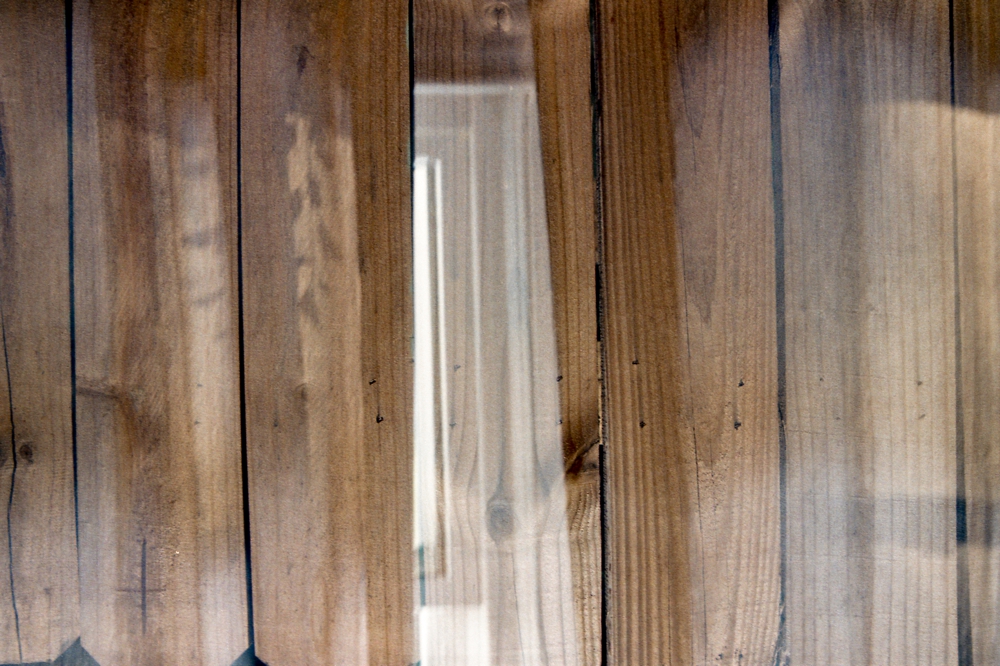Film Photography || Complex Simplicity & Simple Complexity
Rarely, if ever, do I share a whole roll of film. Typically, I share just a few shots here and there on Instagram with my favorites from each location making it into a blog post. But this roll was special. For one, it was the first roll of color film that I've ever developed myself! Though the chemicals arrived several weeks ago, I've put off using them because I was nervous I'd ruin the roll, this being my first time using the slightly-more-complicated color chemicals. As it turns out, all that worry was for naught. Using the Cinestill development kit, there were actually fewer steps than developing black and white film. And while the directions indicated it was imperative to have the water at a precise hot temperature, as I've gone by feel for black and white for years, I'm fairly certain I'll still be able to do the same as the film turned out perfectly.
Because I was worried I'd ruin the roll, I wanted to shoot something "unimportant." It seemed obvious to just photograph around the yard; that way I wouldn't waste time going anywhere. As I started photographing the plants, enjoying a beautiful summer evening, an idea came to me: capture the simplicity of home with a twist. Because reality isn't one action followed by another, rather a continuous dance of simultaneous action, even the perceived plainness of home is complex. Thus, I shot the roll, rewound it, then shot it again, double exposing the entire roll to illustrate the peaceful complexity of our dwelling.
Because the camera I used is autowinding, it picked up the first frame in exactly the same spot (manual winders aren't as precise) so that each frame had two same-sized images instead of having the usual break between images in the middle where the second time winding the spool didn't line up with the first. For the first time through, I tried to shoot lots of patterns and negative space. My reasoning was threefold: to document our surroundings for posterity, to maintain a semblance of simplicity so the double exposures wouldn't be too busy and to allow the exposures to intertwine together (for example, the cat and treetops photo below.) Negative space in one image allows the subject of the other to dominate and vice versa, so overlaying two images both with negative space or repetitive patterns in them allow pieces of both images to come together into a whole puzzle.
Creative practices like these not only allow me to take a breath of fresh air away from commercial work (though maybe not so fresh when darkroom chemicals are involved) but also inform my client work, allowing me to explore new techniques to tell my subjects' stories. Now that I can also develop my own color film (and thus save quite a bit of money!) I'll be able to do even more explorative and street work!
